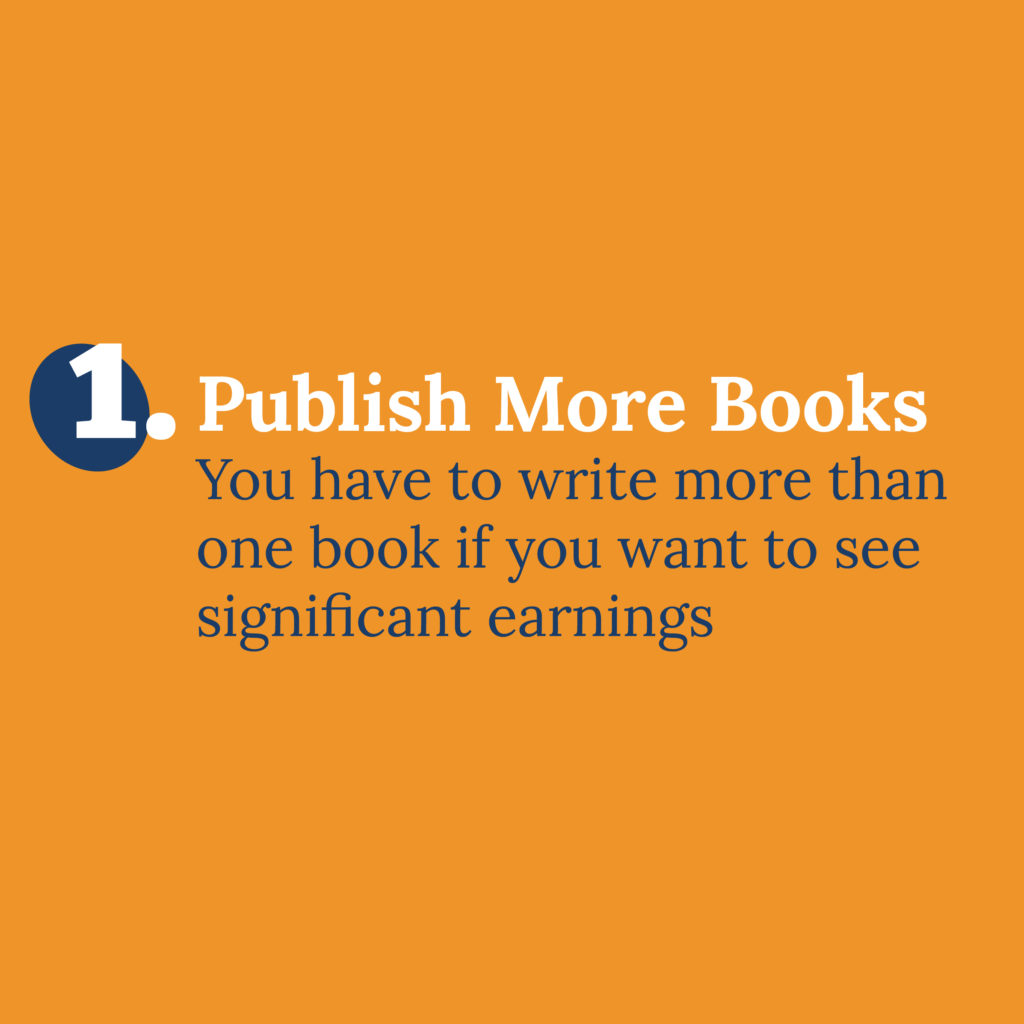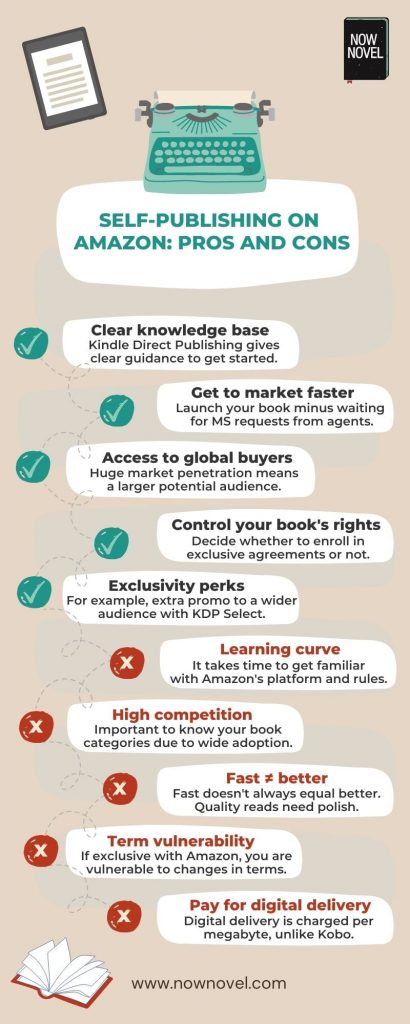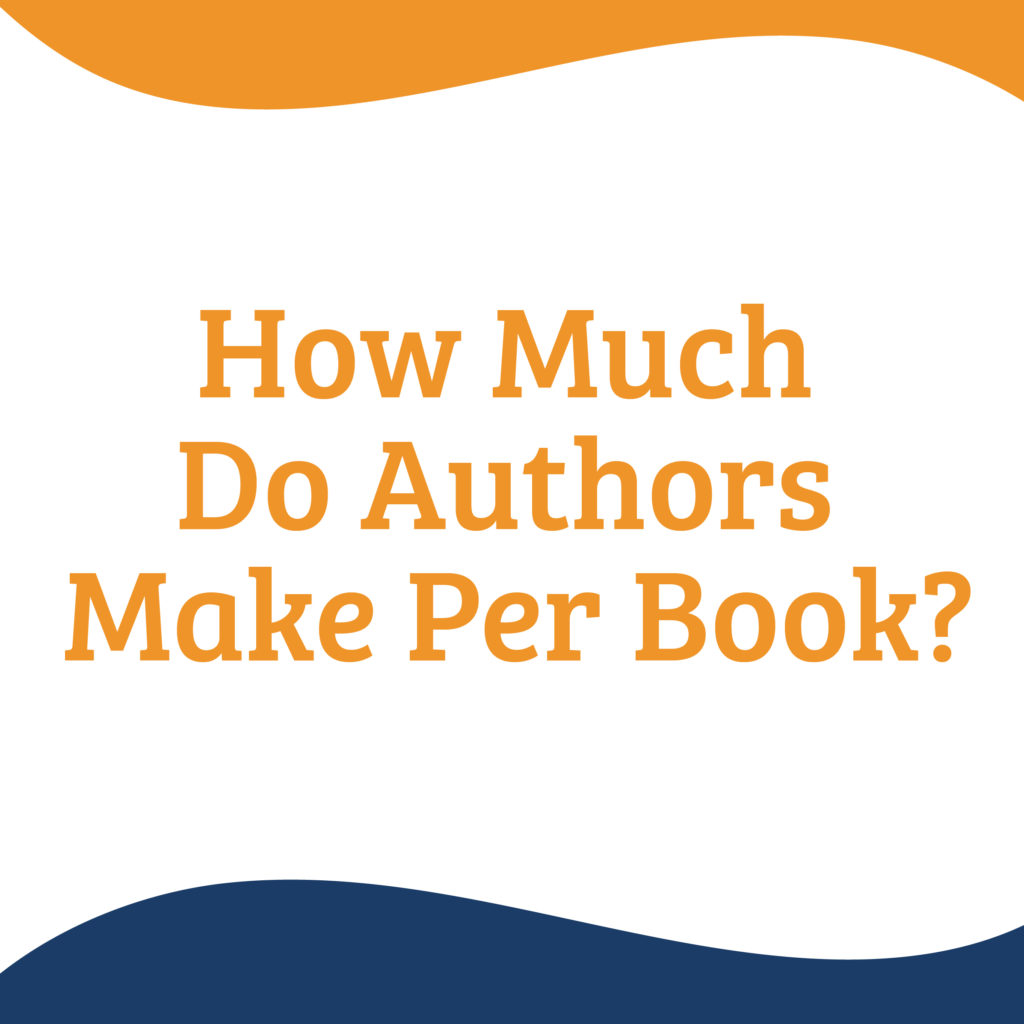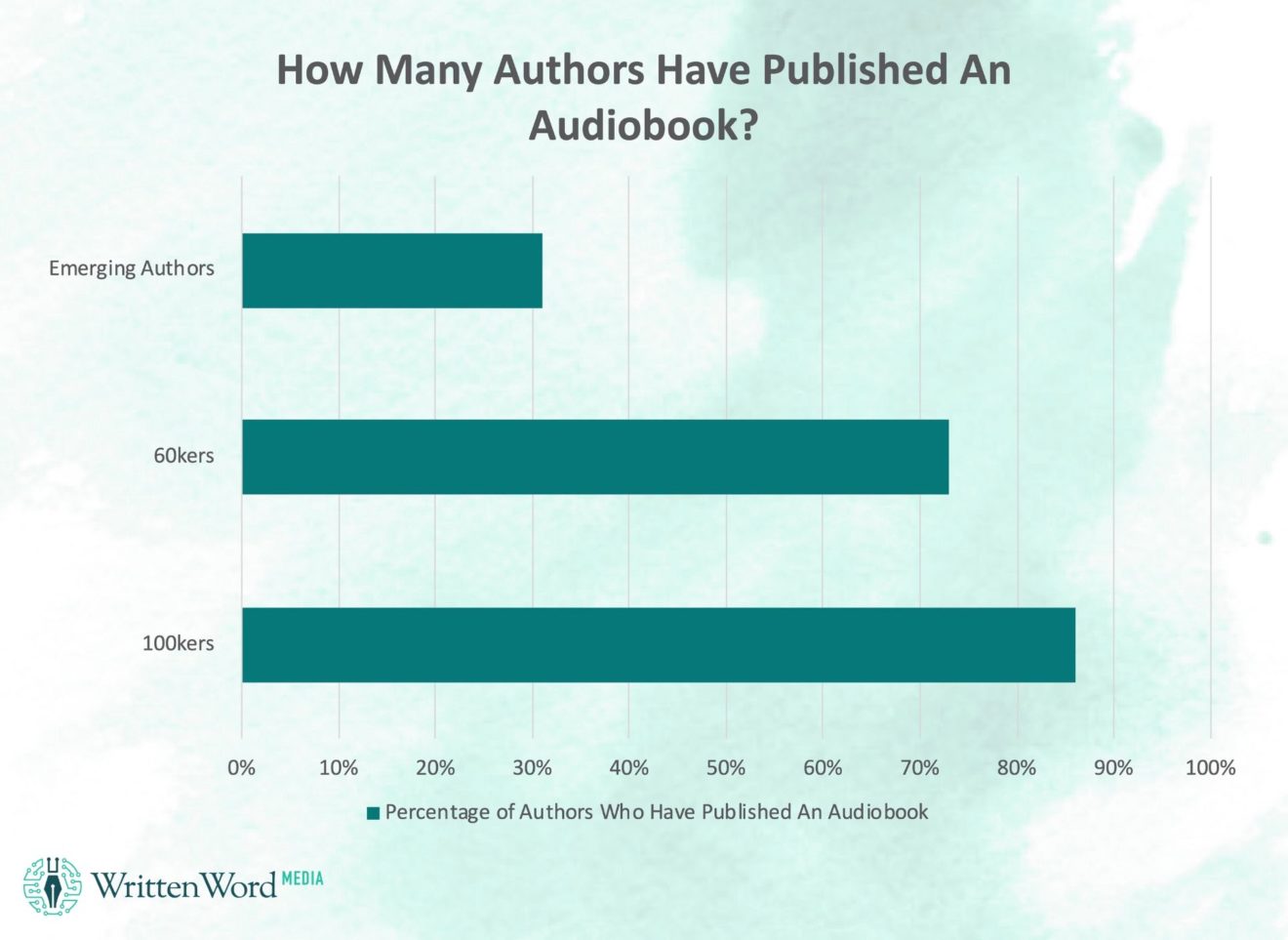The Financial Reality of a Writing Career
When it comes to the age-old question of how much do novelists make, many aspiring writers have unrealistic expectations. The notion that authors are rolling in dough, thanks to movie deals and bestseller lists, is a common misconception. In reality, the financial landscape of a writing career is complex and influenced by various factors. Understanding these factors is crucial for writers who want to build a successful and sustainable career.
For many, the idea of becoming a novelist is a romantic one, filled with visions of literary awards and financial freedom. However, the reality is that most novelists struggle to make a living from their writing alone. According to a recent survey, the median income for authors in the United States is around $6,000 per year. This number can vary greatly depending on factors such as genre, book format, publishing route, and marketing efforts.
Despite the challenges, many novelists are able to earn a good income from their writing. Some bestselling authors can earn upwards of $1 million per year, while others may earn a more modest $50,000 to $100,000. However, these figures are not the norm, and most novelists will fall somewhere in between. To understand how much novelists can make, it’s essential to look at the various factors that influence their income.
In the following sections, we’ll delve into the key factors that affect a novelist’s earnings, including genre, book format, publishing route, and marketing efforts. We’ll also explore the different publishing models, including traditional publishing, self-publishing, and hybrid publishing, and examine the financial pros and cons of each. By understanding these factors, aspiring writers can gain a more realistic understanding of the financial aspects of a writing career and make informed decisions about their own path to success.
Factors Affecting a Novelist’s Income
When it comes to determining how much novelists make, several factors come into play. Understanding these factors is crucial for writers who want to build a successful and sustainable career. In this section, we’ll explore the key factors that impact a novelist’s earnings, including genre, book format, publishing route, and marketing efforts.
Genre is a significant factor in determining a novelist’s income. Different genres have varying levels of popularity and corresponding revenue potential. For example, romance novels tend to be extremely popular and can generate significant income for authors. In contrast, literary fiction may have a smaller audience and lower revenue potential. According to a recent survey, romance authors can earn up to $100,000 per year, while literary fiction authors may earn around $20,000 to $50,000 per year.
Book format is another important factor. Print books, e-books, and audiobooks have different revenue streams and royalty rates. Traditionally published authors typically earn around 10% to 15% royalties on print books, while self-published authors can earn up to 70% royalties on e-books. Audiobooks have also become increasingly popular, with authors earning around 25% to 50% royalties on audiobook sales.
The publishing route is also a critical factor in determining a novelist’s income. Traditional publishing, self-publishing, and hybrid publishing models have different financial implications for authors. Traditional publishing typically involves advances and royalties, while self-publishing requires authors to invest their own money in editing, cover design, and marketing. Hybrid publishing models combine elements of traditional and self-publishing, offering authors more flexibility and control over their work.
Marketing efforts are also essential for novelists who want to increase their earnings. Building a strong online presence, using social media, and investing in advertising can help authors reach a wider audience and boost their sales. According to a recent study, authors who invest in marketing and promotion can increase their earnings by up to 50%.
Understanding these factors is crucial for novelists who want to build a successful and sustainable career. By recognizing the impact of genre, book format, publishing route, and marketing efforts on their income, authors can make informed decisions about their writing and business strategies. In the next section, we’ll explore the traditional publishing model and its financial implications for authors.
Traditional Publishing: Advances and Royalties
In the traditional publishing model, authors typically work with literary agents who help them secure book deals with publishers. The publisher then handles the editing, production, and distribution of the book, and the author receives a percentage of the revenue in the form of royalties. But how much do novelists make in traditional publishing?
The answer lies in the advance and royalty structures. Advances are payments made by the publisher to the author before the book is published, and they can range from a few thousand dollars to hundreds of thousands of dollars. Royalties, on the other hand, are payments made to the author for each book sold, and they typically range from 10% to 15% of the book’s cover price.
For example, let’s say an author receives a $10,000 advance for their novel, and the book sells 10,000 copies in the first year. If the royalty rate is 10%, the author would earn $10,000 in royalties, plus the $10,000 advance, for a total of $20,000. However, if the book doesn’t sell well, the author may not earn back the advance, and their total earnings would be lower.
Some bestselling authors can earn much higher advances and royalties. For example, a well-known thriller author might receive a $500,000 advance and earn 15% royalties on each book sold. If the book sells 100,000 copies, the author would earn $750,000 in royalties, plus the $500,000 advance, for a total of $1.25 million.
However, it’s worth noting that traditional publishing is a competitive field, and many authors struggle to secure book deals or earn significant advances and royalties. According to a recent survey, the median income for traditionally published authors is around $20,000 per year.
Despite the challenges, traditional publishing can be a viable option for authors who want to reach a wide audience and benefit from the marketing and distribution efforts of a major publisher. In the next section, we’ll explore the self-publishing model and its financial implications for authors.
Self-Publishing: The Financial Pros and Cons
Self-publishing has become a popular option for many novelists, offering higher royalty rates and greater control over the publishing process. But how much do novelists make in self-publishing?
The answer lies in the royalty rates and the financial investment required to produce and market a self-published book. Self-published authors can earn up to 70% royalties on e-book sales, compared to 10% to 15% in traditional publishing. However, self-publishing also requires authors to invest their own money in editing, cover design, and marketing.
For example, a self-published author might invest $1,000 in editing and cover design, and then earn $5,000 in royalties on e-book sales. However, if the book doesn’t sell well, the author may not recoup their investment, and their earnings would be lower.
Some successful self-published authors have reported significant earnings. For example, Amanda Hocking, a paranormal romance author, has reported earning over $2 million in a single year from her self-published books. However, these success stories are not typical, and many self-published authors struggle to earn a living from their writing.
According to a recent survey, the median income for self-published authors is around $4,000 per year. However, the survey also found that self-published authors who invest in marketing and promotion are more likely to earn higher incomes.
Self-publishing offers many benefits, including higher royalty rates and greater control over the publishing process. However, it also requires authors to take on more financial risk and invest their own money in producing and marketing their books. In the next section, we’ll explore the hybrid publishing model, which combines elements of traditional and self-publishing.
Hybrid Publishing: A Middle Ground
Hybrid publishing is a relatively new model that combines elements of traditional and self-publishing. In this model, authors work with a publisher to produce and distribute their book, but they also retain more control over the publishing process and often invest their own money in editing, cover design, and marketing.
Hybrid publishing offers a middle ground for authors who want the benefits of traditional publishing, such as professional editing and distribution, but also want to maintain more control over their work and potentially earn higher royalties. However, hybrid publishing also requires authors to take on more financial risk and invest their own money in producing and marketing their book.
So, how much do novelists make in hybrid publishing? The answer varies widely depending on the specific hybrid publishing model and the author’s level of investment. Some hybrid publishers offer royalties of up to 50% on e-book sales, while others may offer lower royalties but provide more comprehensive marketing and distribution services.
For example, a hybrid publisher might offer a royalty rate of 40% on e-book sales, and the author might invest $2,000 in editing and cover design. If the book sells 10,000 copies, the author would earn $8,000 in royalties, minus the $2,000 investment, for a net earnings of $6,000.
Some authors have reported success with hybrid publishing, earning higher royalties and maintaining more control over their work. However, others have reported difficulties with hybrid publishers, including poor editing and marketing services, and low royalties.
Ultimately, hybrid publishing is a complex and evolving model that requires authors to carefully consider their options and invest their own money in producing and marketing their book. In the next section, we’ll explore the importance of marketing and promotion in a novelist’s career, and provide tips on how to effectively invest in marketing and promotion.
Marketing and Promotion: Investing in Your Career
Marketing and promotion are crucial components of a novelist’s career, and can significantly impact their earnings. In today’s digital age, having a strong online presence is essential for reaching readers and promoting your work. This includes having a professional website, engaging on social media, and utilizing online advertising platforms.
So, how much do novelists make from marketing and promotion? The answer varies widely depending on the specific marketing strategies and platforms used. However, investing in marketing and promotion can potentially increase a novelist’s earnings by 20% to 50% or more.
For example, a novelist might invest $1,000 in online advertising and social media promotion, and see a 25% increase in book sales as a result. If the novelist earns $10,000 per year from book sales, this would translate to an additional $2,500 in earnings.
Some novelists have reported significant success with marketing and promotion, earning tens of thousands of dollars or more from their efforts. However, others have reported difficulties in reaching readers and generating sales, despite investing significant time and money in marketing and promotion.
To effectively invest in marketing and promotion, novelists should focus on building a strong online presence, engaging with readers on social media, and utilizing targeted advertising platforms. This can include platforms like Amazon Marketing Services, Facebook Ads, and BookBub.
Additionally, novelists should consider investing in email marketing, which can help them build a loyal readership and promote their work to a targeted audience. Email marketing platforms like Mailchimp and ConvertKit can help novelists create and send professional-looking emails to their subscribers.
Ultimately, marketing and promotion are essential components of a novelist’s career, and can significantly impact their earnings. By investing in these areas, novelists can potentially increase their earnings and build a successful writing career.
Success Stories: Novelist Earnings in Different Genres
While it’s difficult to pinpoint exact figures for novelist earnings, there are many success stories across various genres that can provide insight into the potential earnings of a writing career. In this section, we’ll explore the earnings of novelists in different genres, including romance, thriller, science fiction, and fantasy.
Romance novels are consistently among the best-selling genres, with many authors earning significant incomes from their work. For example, Nora Roberts, a well-known romance author, has reportedly earned over $10 million per year from her book sales. Other successful romance authors, such as Jennifer Weiner and Emily Giffin, have also reported earnings in the millions.
Thriller and mystery novels are also popular genres, with many authors earning significant incomes from their work. For example, James Patterson, a well-known thriller author, has reportedly earned over $80 million per year from his book sales. Other successful thriller authors, such as John Grisham and David Baldacci, have also reported earnings in the millions.
Science fiction and fantasy novels have also become increasingly popular in recent years, with many authors earning significant incomes from their work. For example, George R.R. Martin, author of the popular Game of Thrones series, has reportedly earned over $15 million per year from his book sales. Other successful science fiction and fantasy authors, such as Neil Gaiman and Patrick Rothfuss, have also reported earnings in the millions.
While these figures are certainly impressive, it’s worth noting that they are not typical of the average novelist’s earnings. However, they do demonstrate the potential for significant earnings in the writing industry, particularly for authors who are able to build a large and dedicated readership.
In addition to these success stories, there are many other factors that can influence a novelist’s earnings, including the quality of their writing, the effectiveness of their marketing and promotion efforts, and the overall demand for their genre. By understanding these factors and working to build a successful writing career, novelists can potentially earn significant incomes from their work.
Conclusion: Navigating the Financial Landscape of a Writing Career
Understanding the financial aspects of a writing career is crucial for aspiring writers who want to build a successful and sustainable career. By recognizing the various factors that influence a novelist’s income, including genre, book format, publishing route, and marketing efforts, writers can make informed decisions about their writing and business strategies.
While it’s difficult to pinpoint exact figures for novelist earnings, it’s clear that successful writers can earn significant incomes from their work. However, it’s also important to be realistic about financial expectations and to focus on building a successful writing career through hard work, dedication, and a willingness to learn and adapt.
As we’ve seen, there are many different paths to success in the writing industry, and what works for one writer may not work for another. By understanding the pros and cons of traditional publishing, self-publishing, and hybrid publishing, writers can make informed decisions about which route is best for them.
Ultimately, the key to success in the writing industry is to be realistic about financial expectations, to focus on building a strong writing career, and to be willing to adapt and evolve in a rapidly changing industry. By following these principles, aspiring writers can increase their chances of success and build a fulfilling and sustainable writing career.
So, how much do novelists make? The answer is complex and multifaceted, and it depends on a variety of factors, including genre, book format, publishing route, and marketing efforts. However, by understanding these factors and being realistic about financial expectations, writers can build a successful and sustainable writing career.






